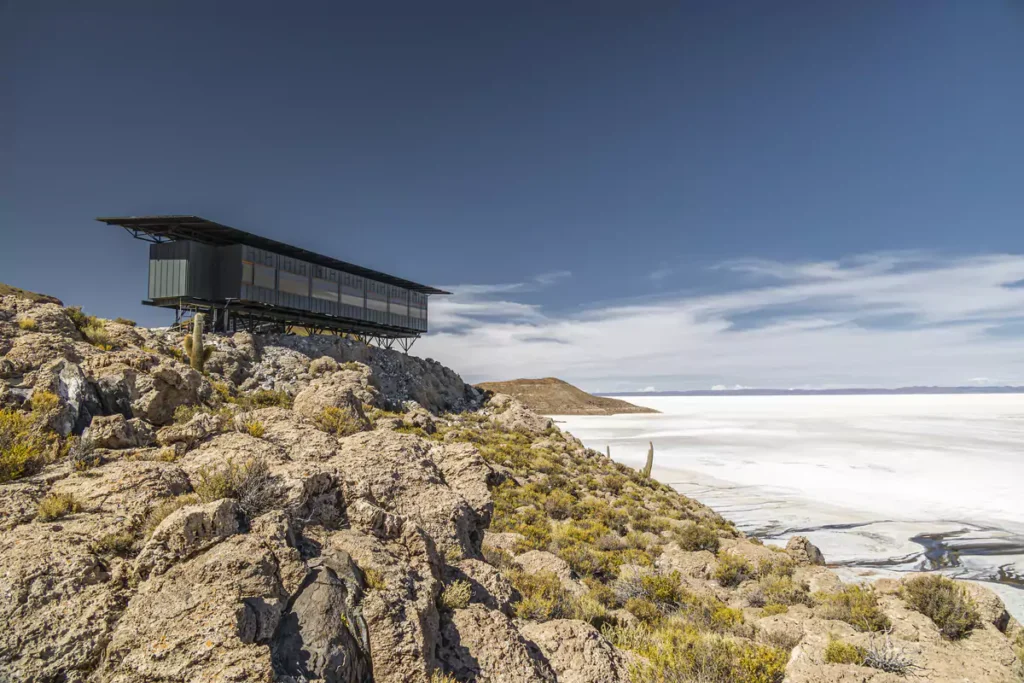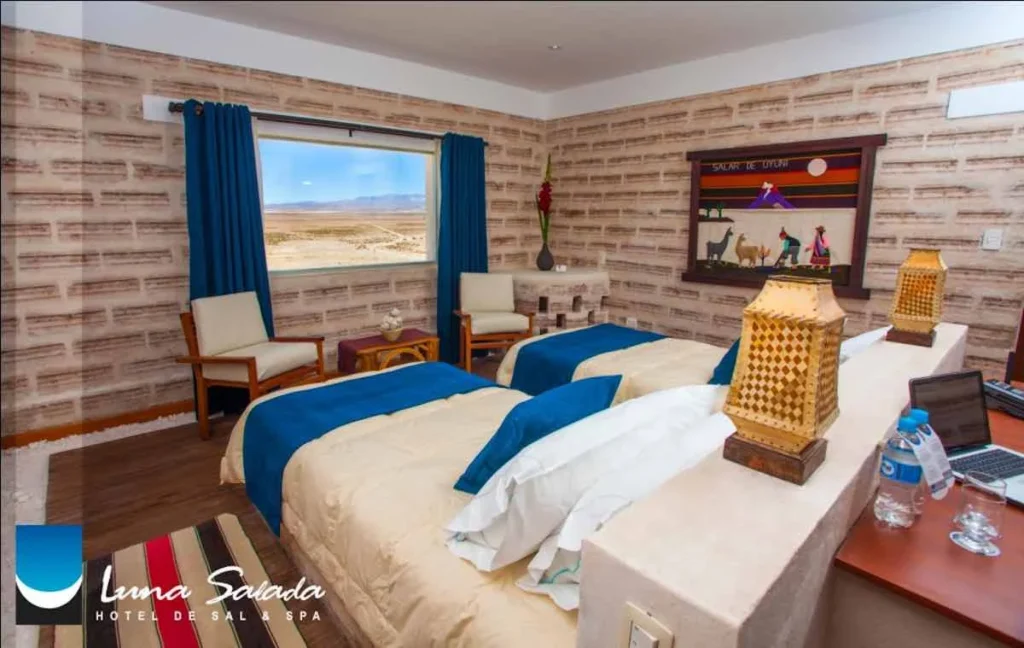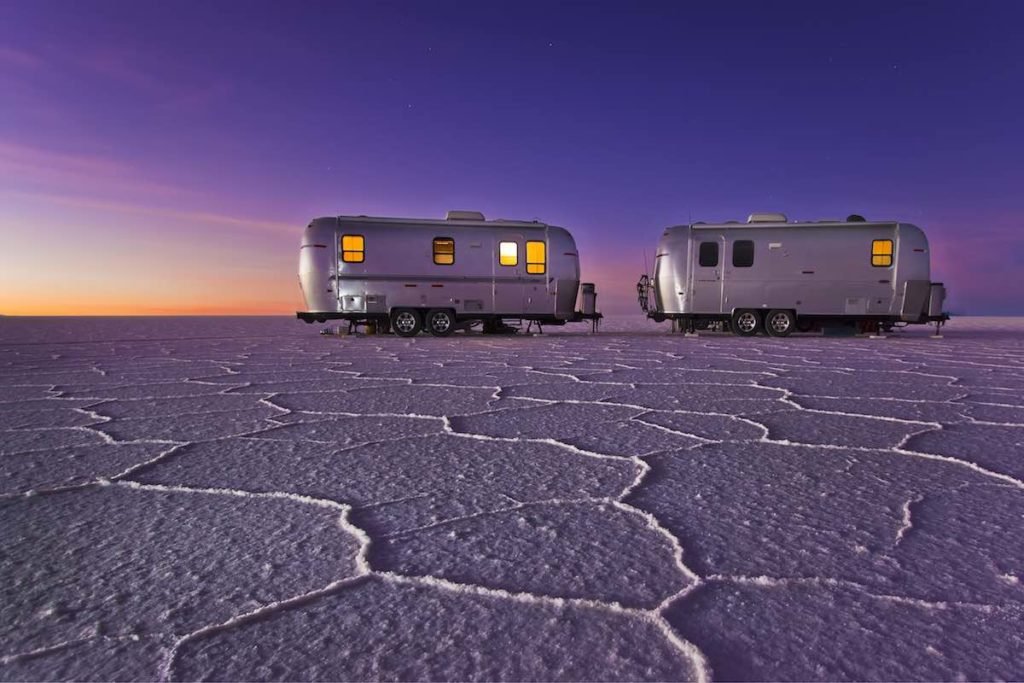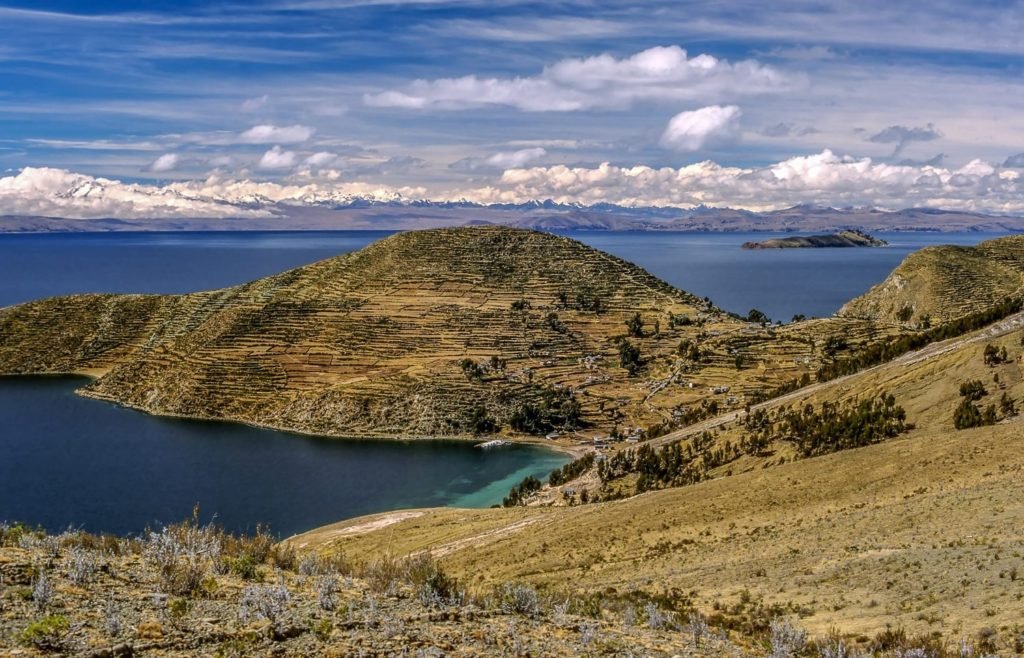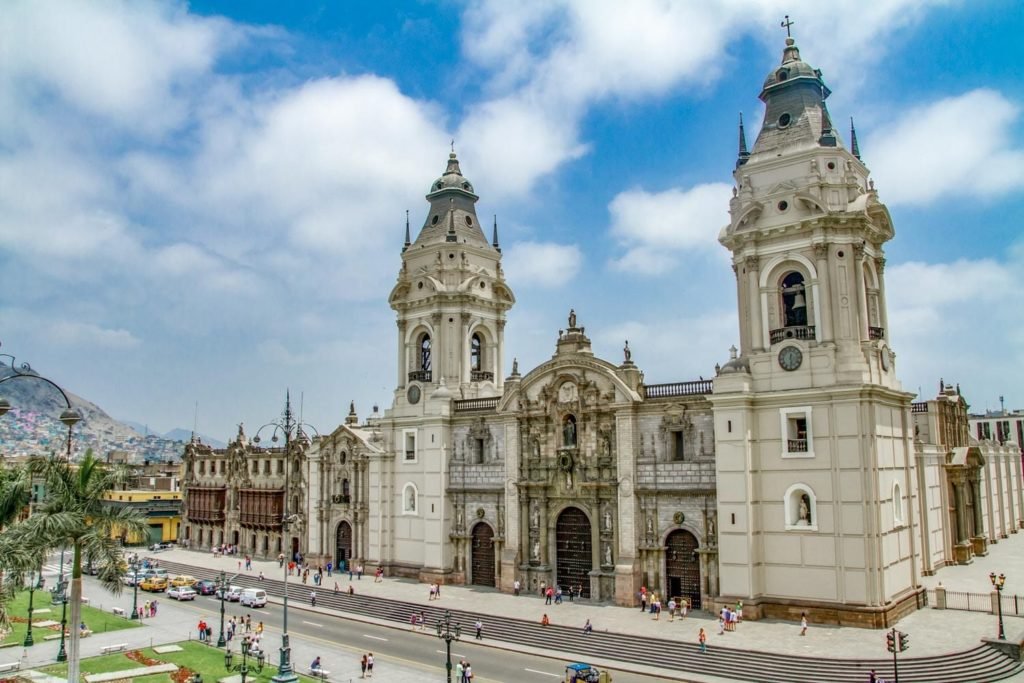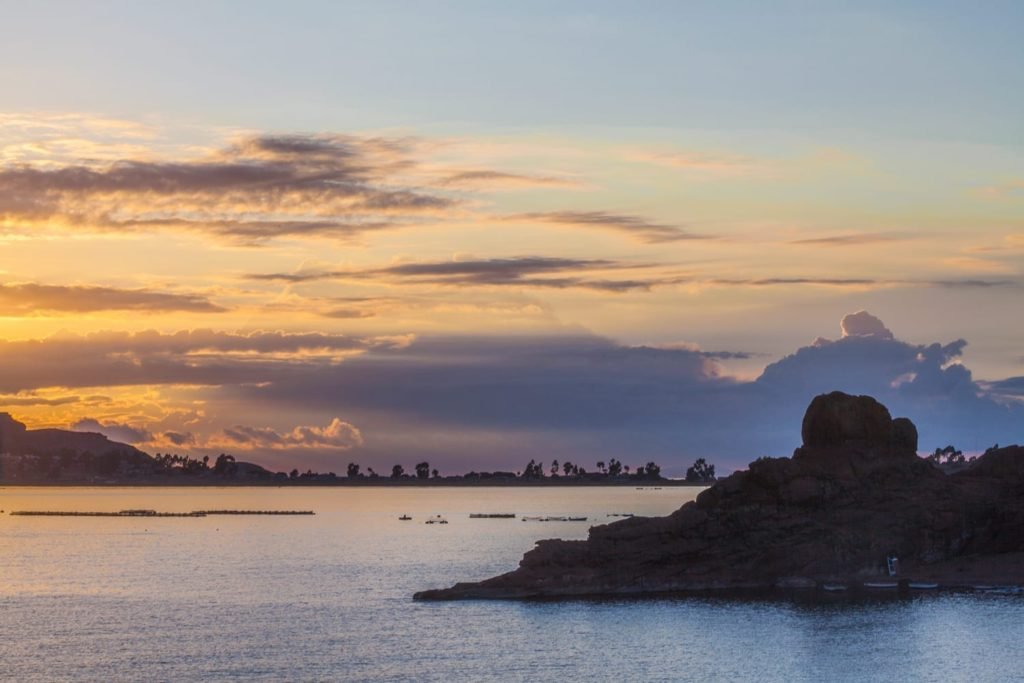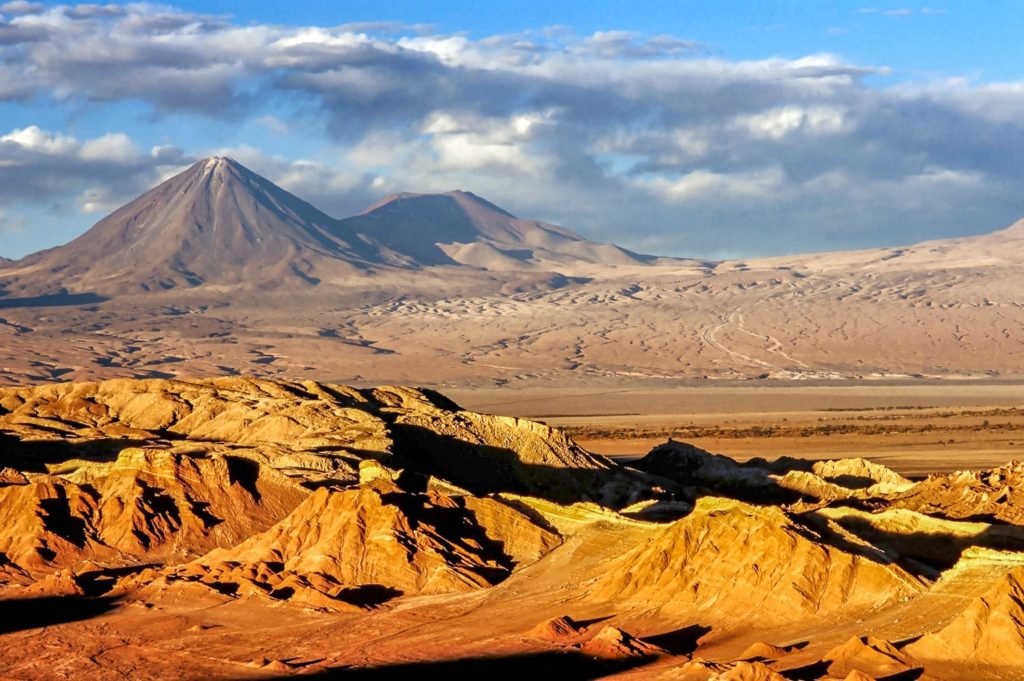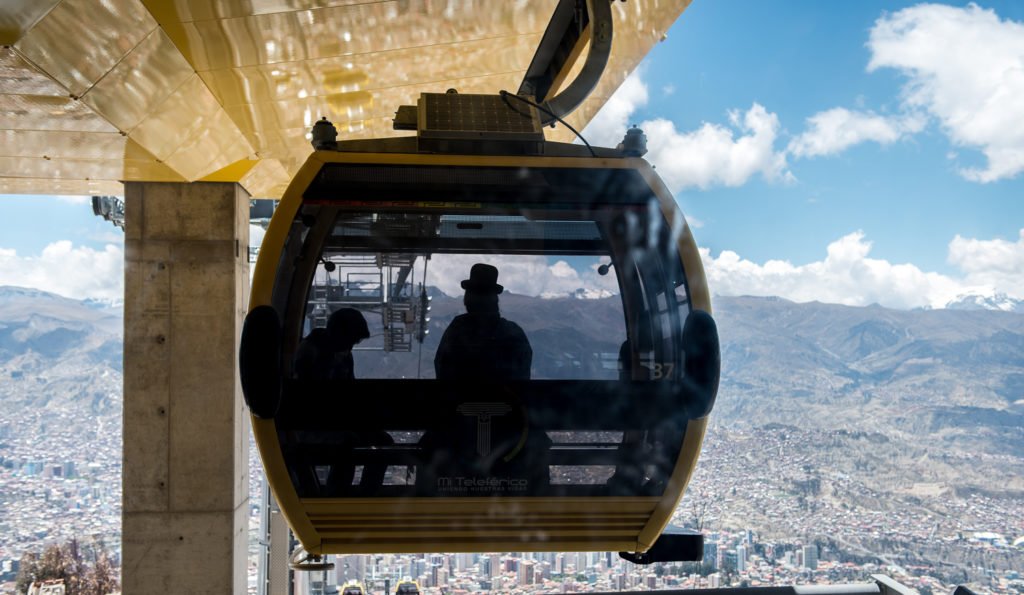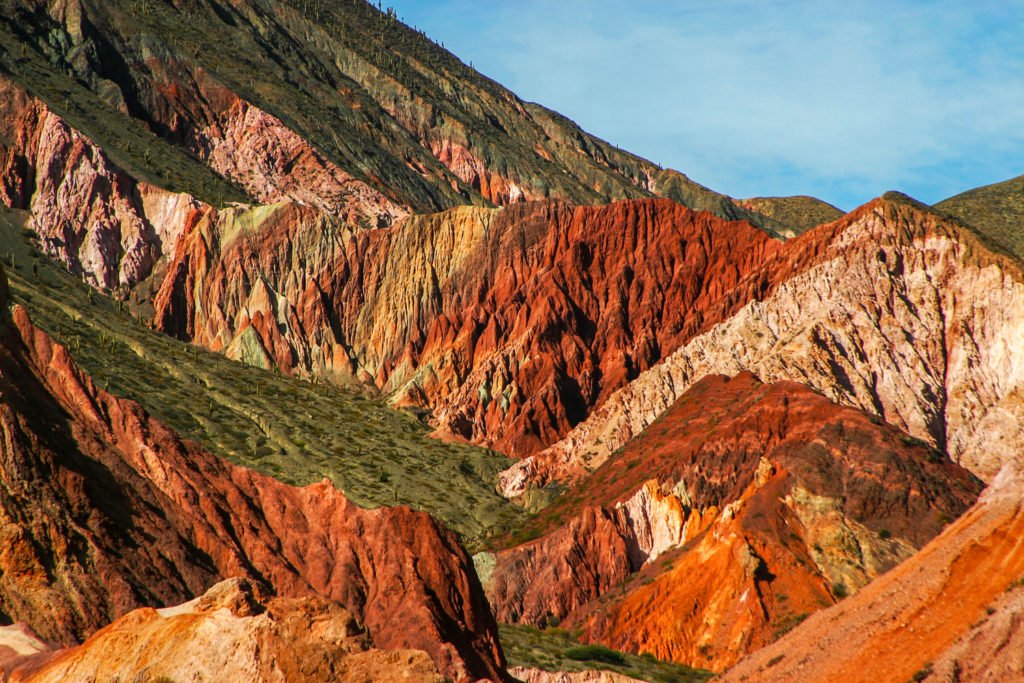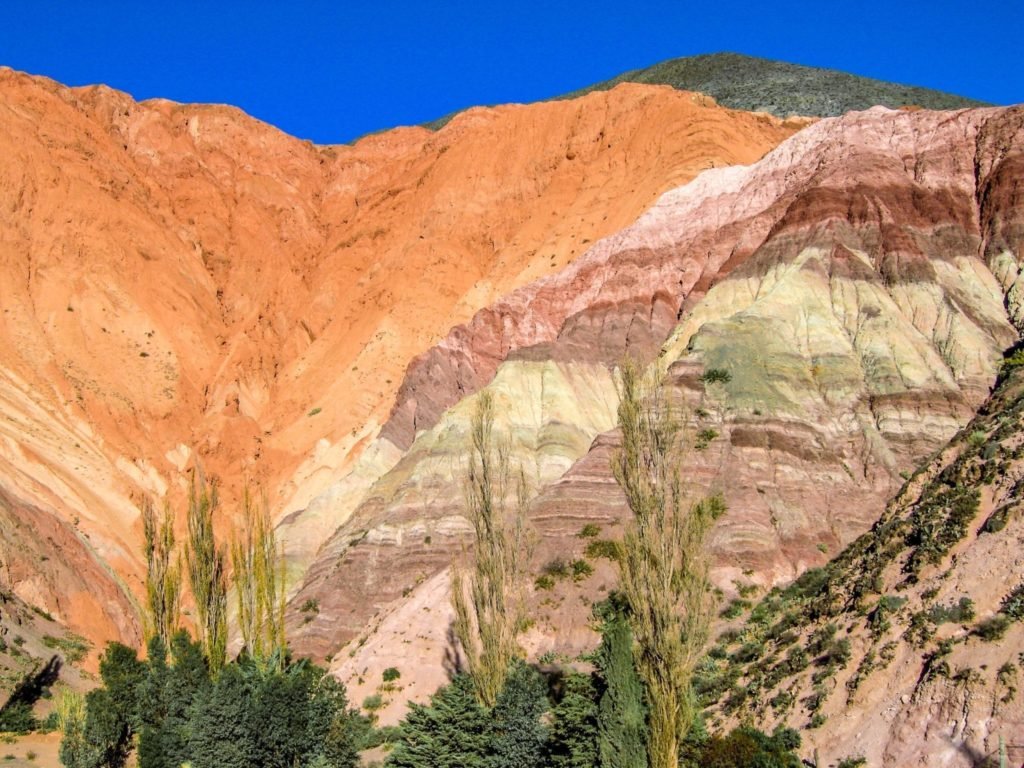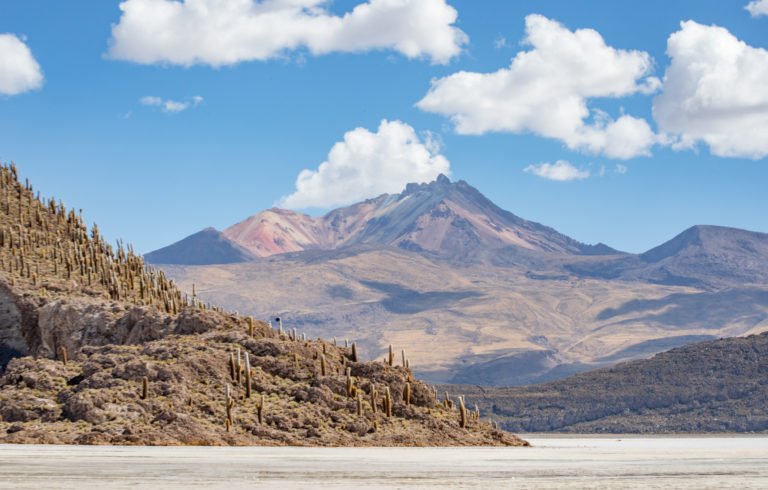Salar de Uyuni
High in the Altiplano of southwestern Bolivia, the Salar de Uyuni covers more than 4,000 square miles. This is the world’s largest salt flat—a barren pavement of white infinity. The salar is the evaporated remnant of two enormous prehistoric lakes (Minchín and Tauca), once covering thousands of square miles. The average altitude at Salar de Uyuni is approximately 11,980 feet above sea level. The town itself is modest but serves as the starting point for expeditions across the salt flats and surroundings.

The salt flat stretches more than 3,800 square miles, creating mirror-like reflections during the rainy season (roughly December to March) and crisp, hexagonal salt patterns in the dry months. During the November to March wet season, the Uyuni Salt Flat (or salt pan) is flooded by overflow from the north. A thin layer of water covers the salty plain, reflecting the sky with astonishing clarity. Passengers in off-road vehicles crossing the flooded flats often enjoy the sensation of floating.
November is also breeding season for the three species of flamingo that inhabit Salar de Uyuni.
In addition to sodium, this plain is rich in potassium, magnesium, borax, and lithium. Beneath this solid, salty crust sits a lake of brine. While the lake is shallow in most locations, it intermittently reaches depths up to 60 feet. Scattered across the salar are islands, and colorful mineral-rich lakes—blue, red, yellow, and white. Two notable islands rise from the center of the salar, Isla Pescador and Isla Incahuasi—red volcanic oases covered in towering cacti.

Southwestern Bolivia circuit
Located in Bolivia’s far southwest, the Eduardo Avaroa Andean Fauna National Reserve is about 125 miles south of Uyuni, typically reached as part of a two- or three-day overland journey through the Uyuni region. The reserve is a high-altitude desert, ranging between 13,800–17,700 feet above sea level.
This protected area is known for its multi-colored landscapes and extreme environments shaped by volcanic activity. Wildlife includes vicuñas, vizcachas, Andean foxes, and a variety of high-altitude birds, all adapted to the region’s cold, arid conditions.
The journey from the salt flat to Eduardo Avaroa National Reserve passes through Ramaditas and Chituca.
Ramaditas Lagoon lies in the Siloli Desert, within the northern section of the Eduardo Avaroa Reserve. It’s a small, shallow lagoon known for its deep orange and golden tones, contrasting with the surrounding volcanic peaks. The area is home to Andean flamingos and other hardy bird species.
Chituca is a small highland settlement located southwest of Uyuni. The area around Chituca features eroded canyons, ancient agricultural terraces, and panoramic views of the Altiplano.
What to do in Salar de Uyuni
The Uyuni Salt Flat offers one of South America’s most surreal landscapes. Visitors can drive across endless white salt plains, photograph mirror-like reflections in the rainy season, and explore Incahuasi Island with its giant cacti. Other activities include:
- 4×4 salt flat tours
- Hiking volcanoes
- Biking
- Flamingo spotting
- Visits to the train cemetery
- Visits to salt flat islands
- Altiplano lake trips
- Photography lessons & sessions
- Stargazing
- Helicopter scenic flights & tailor-made routes with private landing options

What is the Weather Like?
At nearly 12,000 feet, the Salar de Uyuni is cold and windy year-round. The summer months (December to March) are long, comfortable, and partly cloudy. Temperatures range between 39ºF to 69ºF. The rainy season is also during this months, being January the rainiest month, with an average rainfall of 2.1 inches, making travel throughout the salt flat more challenging and transportation times longer. From June to October, conditions are drier and more predictable, though colder. Many travelers favor this period for easier access and clearer skies. Temperatures range from 26ºF to 56ºF.
These averages are changing, please check extended weather forecasts using your favorite weather app prior to departure.
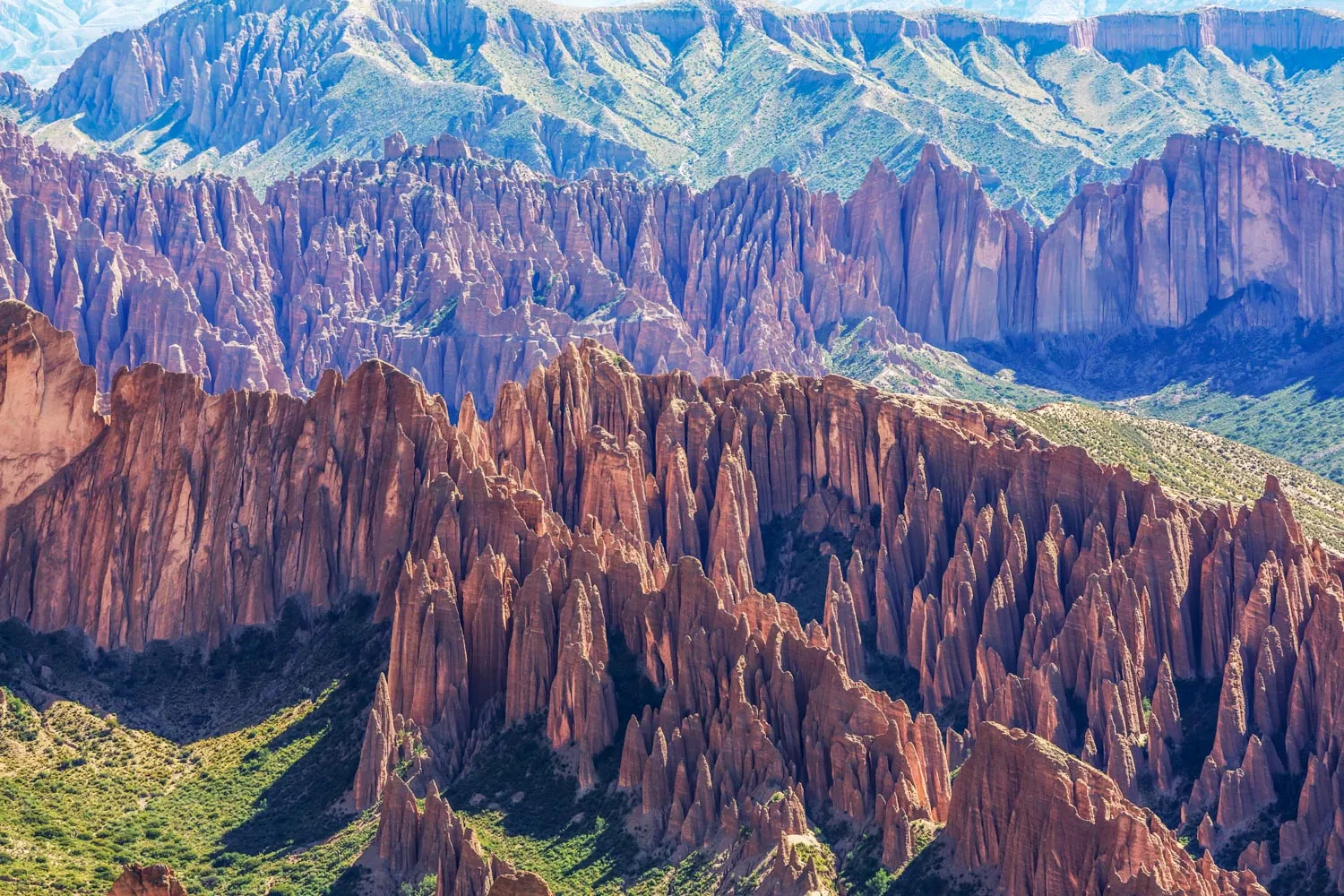
Getting There
Uyuni, the gateway to the salar, lies about 330 miles south of La Paz. Travelers typically arrive by air from La Paz or Santa Cruz. Cross-border overland routes also link Uyuni with San Pedro de Atacama in Chile and Salta in Argentina, making it a natural stop on wider Andean journeys.
Start your journey today
LANDED delivers the finest in custom, private travel to Central America, South America, and Antarctica. These regions are our passion; we know them first-hand and by heart. Speak with one of our travel designers and let us create a tailored itinerary for you in Uyuni.
How to combine Salar de Uyuni
Have some extra time? Here are some options for you to combine with.

